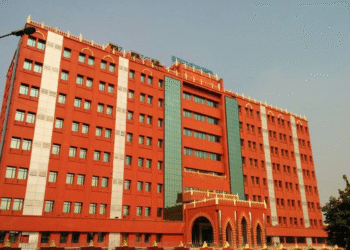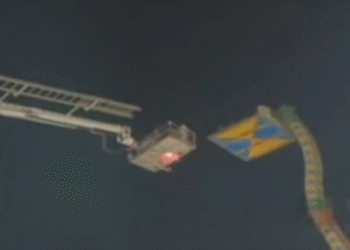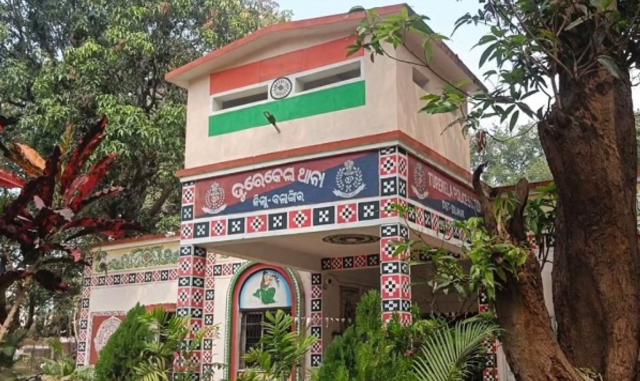Kansai International Airport (KIX), once celebrated as a groundbreaking feat of engineering built on two artificial islands in Osaka Bay, is now facing a serious structural crisis — it is slowly sinking.
According to The Straits Times, the island platform on which the airport sits has sunk 3.84 metres so far, with a total subsidence of approximately 13.6 metres since construction began in 1980. Despite Japan’s use of advanced ground improvement techniques, the soft seabed clay has proven incapable of supporting the airport’s immense weight over time.
When the airport opened in 1994, it was hailed for its innovation, designed to “float” on the soft seabed while resisting earthquakes and typhoons. However, the rapid and greater-than-expected rate of sinking in the initial years—around 12 meters in just eight years—signaled long-term issues.
Now, rising sea levels and natural forces have worsened the threat. The airport’s vulnerability was starkly exposed during Typhoon Jebi in 2018, when severe flooding temporarily shut down operations and triggered global attention toward the island’s sustainability.
In response, authorities have invested over $150 million in efforts to stabilize the structure. These include reinforcing seawalls and installing vertical sand drains to reduce water pressure beneath the foundation.
Despite these efforts, challenges persist. As of December 2024, monitoring at 17 locations on the first island showed a reduced average subsidence of 6 cm. However, the second artificial island presents more alarming data—its surface has sunk 17.47 metres since construction began, with an average subsidence of 21 cm recorded at 54 monitoring points in 2024 alone.
KIX remains a vital transportation hub, handling over 30.6 million passengers and connecting to 91 cities in 25 countries in 2024. The airport has been globally lauded for its customer service, design, and particularly its flawless luggage handling record—earning the title of “world’s best airport for baggage” in 2024.
Engineers are now racing against time to ensure this marvel doesn’t disappear beneath the bay—working to protect one of Asia’s most ambitious infrastructure projects from becoming a cautionary tale.





























